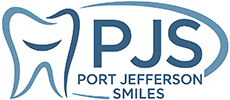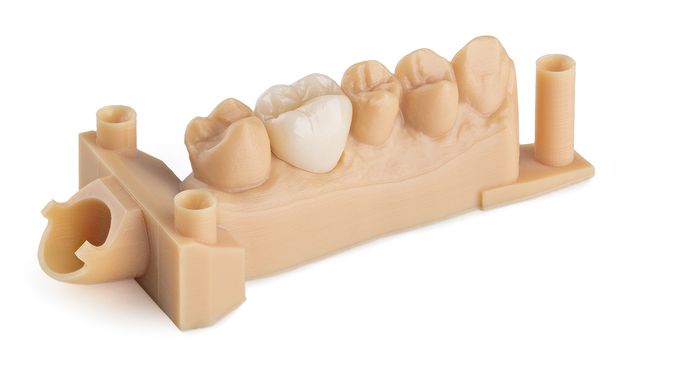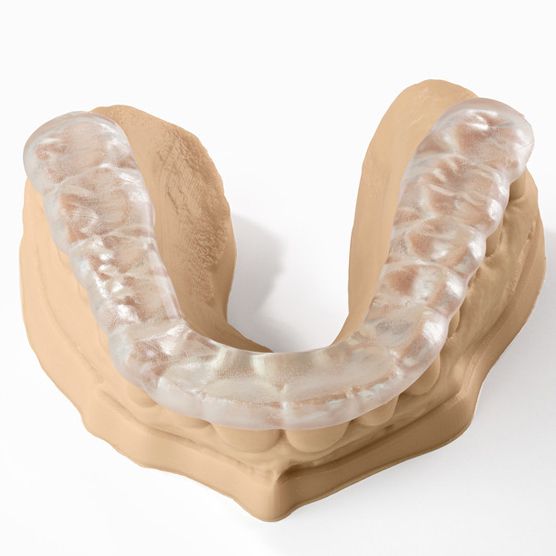Formlabs 3D Printer
At Port Jefferson Smiles, Dr. Halpern is well known for being a leader in employing cutting edge technology to make your dental visits comfortable, predictable, and stress free.
One of the latest additions to our practice has been the addition of a Form Labs 3D printer. 3D printing is revolutionizing dentistry. The potential future applications with 3D printing are endless.
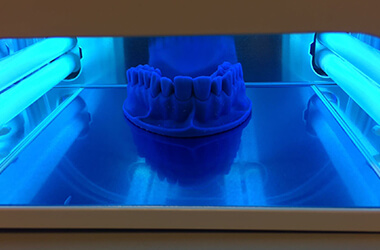
Here are a few of the applications on how our dentists use 3D printing technology to make your patient experience more comfortable than ever:
- Creating Diagnostic and orthodontic models of your teeth: The doctor scans and takes digital images of your teeth using a small wand. The images are use to then create 3D virtual model of your teeth using computer software. The file is then sent to the 3D Form Labs printer that 3D prints the models of your teeth. Formerly, without 3D printing technology, a patient would have to have gooey and messy molds taken of their teeth, which were then poured with plaster to create stone casts. Now with 3D printing there is no more gagging!
- Orthodontic Retainers and Nightguards: The doctor and scan your teeth and print a 3D model as described above. These printed models can then be used to fabricated clear invisible retainers and night guard for patients that grind there teeth
- Construction of Precise Implant Drill guides: At PJS, our doctors combine the latest technologies to precisely plan your surgical implant placement surgeries. First, a Dental CT scan, which is used to create a precise 3D image of your jaw, teeth, and adjacent anatomical structures. Your dental implant is then virtually plotted and placed using a sophisticated software program that has exact replicas of the size, shape, and diameter dental implants that are available.
Once the plan is complete, the file is sent to our Form Labs 3D printer and a template called a “surgical guide” is printed. This surgical guide is used to precisely transfer the surgical plan into the mouth and guides the depth, angle and positioning of the dental drills used to place your dental implant. The use of this technology affords the doctors to safely and predictably place your dental implant without worry of injuring any adjacent anatomic structures such as nerves. It also ensure the implant is placed according to the final position, shape, and size of the type of tooth that is being replaced. The results are prosthetic implant tooth replacements that mimic nature and feel and function like natural teeth!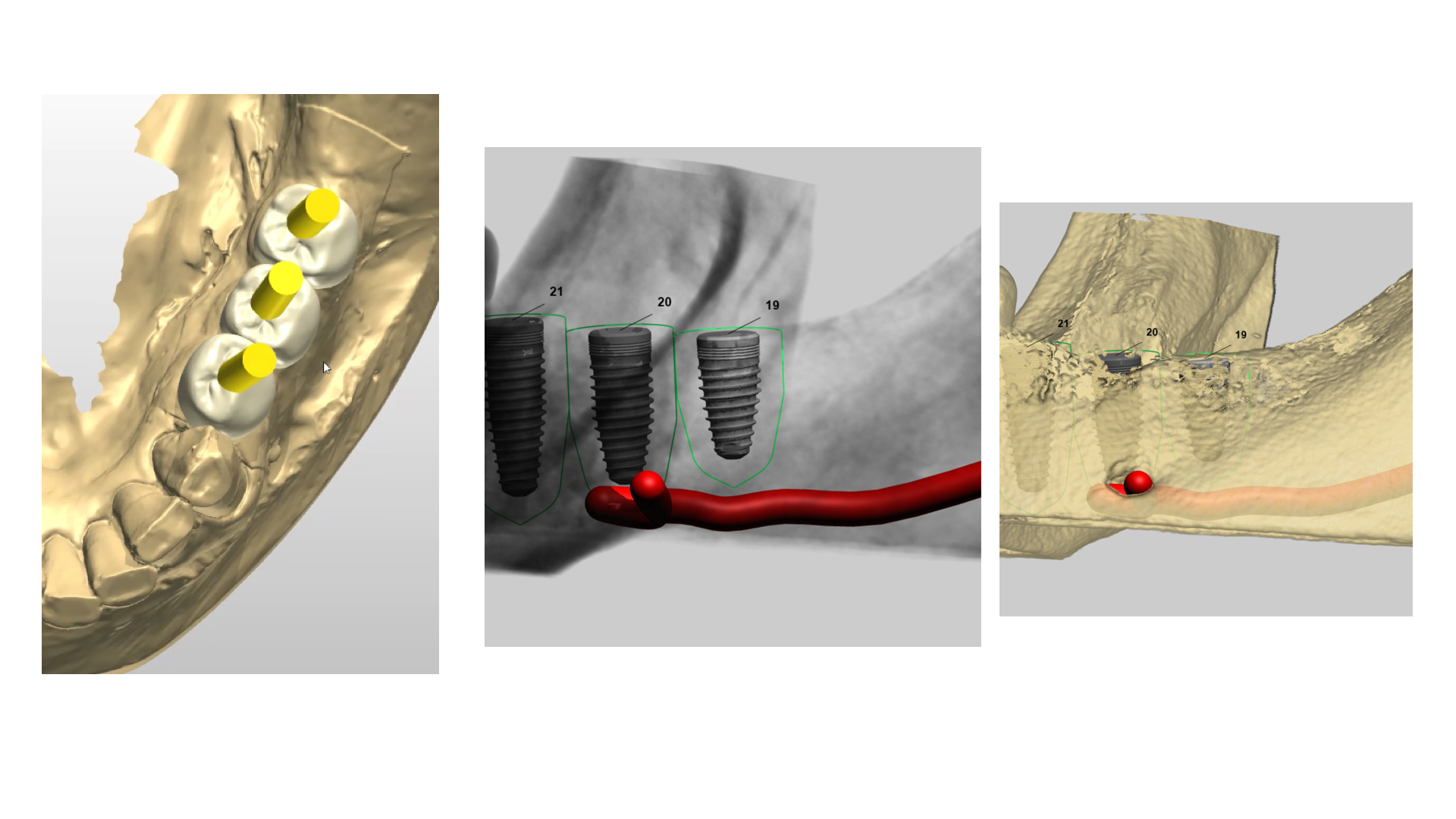
Shown here is the dental CT scan being used in conjunction with the virtual implant planning software to plan and design the implant surgery
Here are images of the 3D printed surgical guide that was then used to guide the dental drills and place and restore the missing teeth precisely as planned. Images are of an actual patient.
